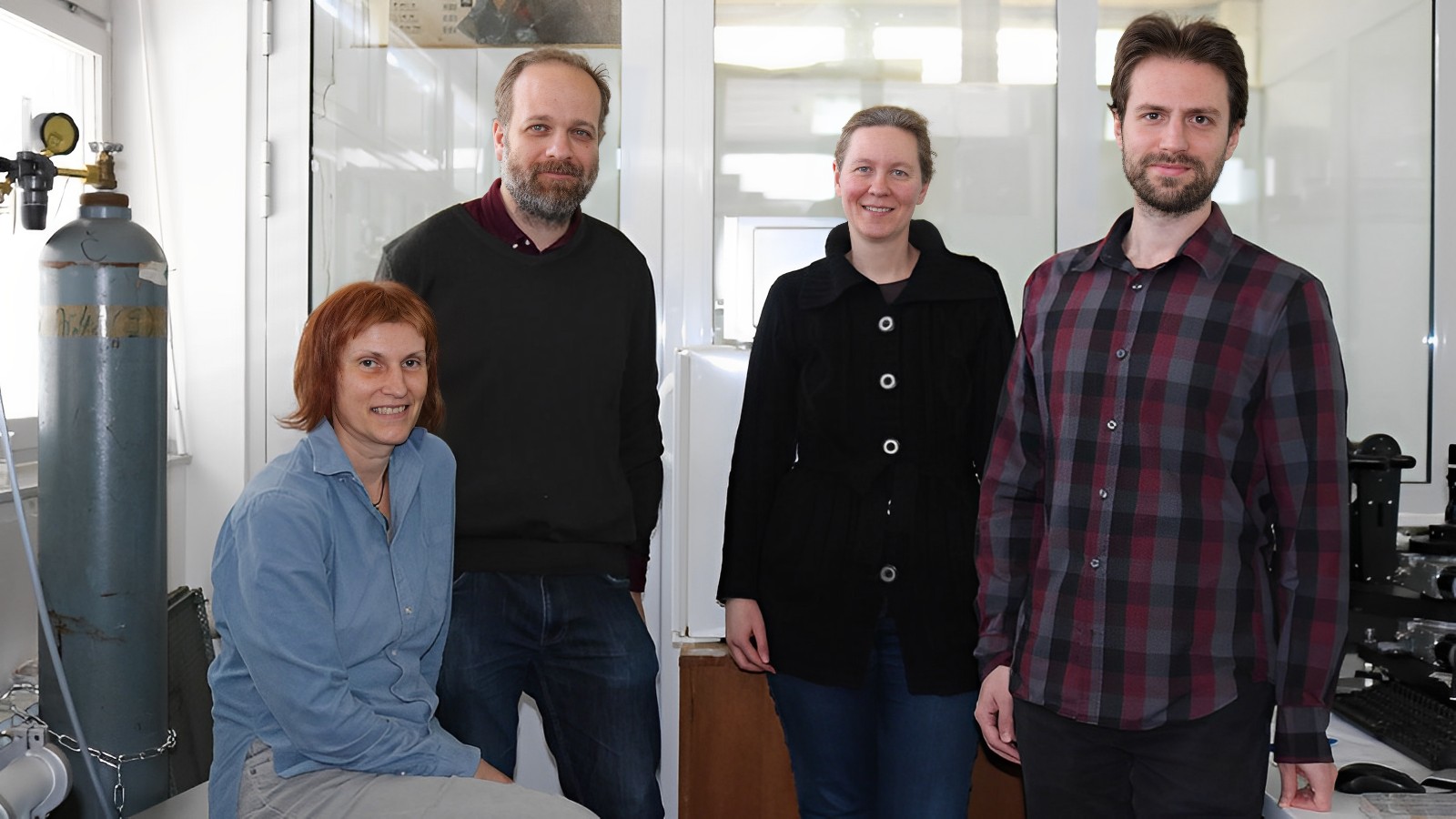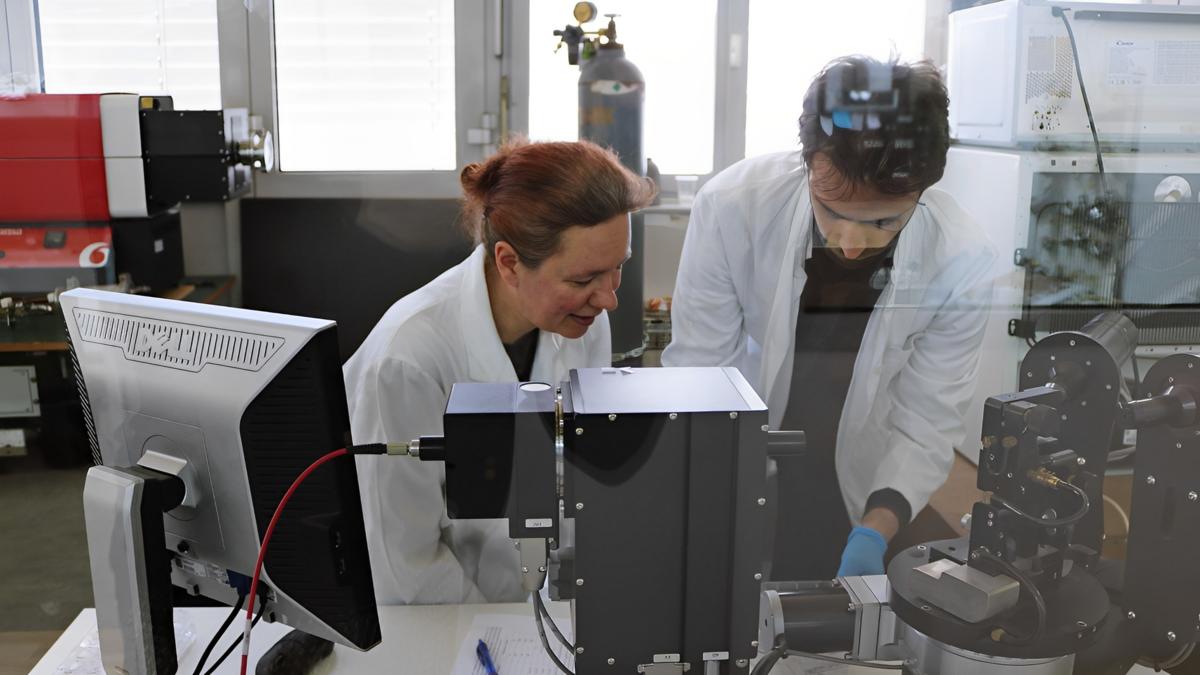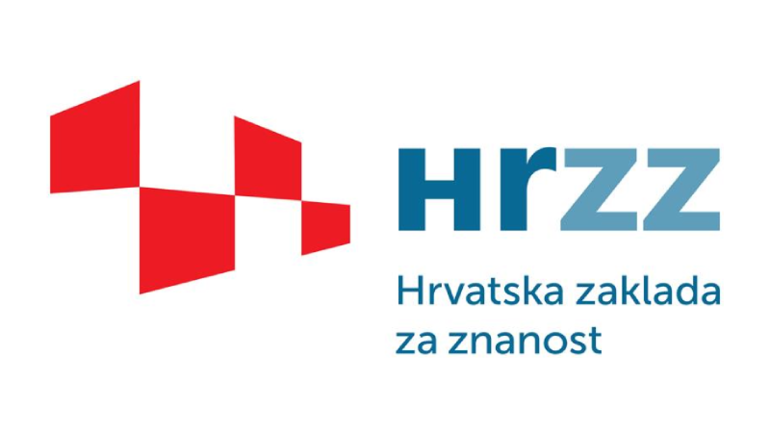The great technological and industrial demand for higher-quality materials and their derivatives led to the development of materials at the nanoscale. Such materials with improved properties are used in medicine, ecology, industry and other areas.
The development of sensors and diagnostic devices is moving toward miniaturisation, with the goal of creating the so-called "laboratory on a chip," i.e., small, portable devices that provide services that previously required an entire laboratory. Such devices would allow physicians point-of-care testing.
However, small and portable sensors must be stable over time, regardless of the conditions in which they are used. In addition, they must have high sensitivity to ensure satisfactory detection quality despite their small size.
Our researchers have therefore developed sensor elements that fulfil both of these conditions. They unified gold-like stability and silver-like plasmonic properties in nanoislands, boosting their sensing properties beyond that of pure metals.
"The metal islands we prepared have special plasmonic properties that enable them to bend the electromagnetic field and thereby direct light to a single point. By adjusting the composition, shape, and spacing between the nanoislands, we were able to create so-called "hot spots" where the light intensity is increased by thousands of times.
Precisely because of the high light intensity, the molecules on the surface of the sample located in "hot spots" strongly scatter the light. All molecules, which have a different structure, scatter light differently, just as each person has a different fingerprint. By analysing the signal, i.e. the scattered light, it is therefore possible to exactly determine the molecule identity," explains Mataj Bubaš, the first author and a PhD student in the RBI Laboratory for optics and optical thin films.
Matej Bubaš i Ivana Fabijanić
Such metal islands have particular potential in medicine, for example in the analysis of biological samples. Biomolecules in tissue can be very sensitive, so the laser that is usually used as a light source in the Raman scattering method can destroy or damage them. However, because of the islands' ability to enhance the scattering of light, even a very low laser power is sufficient to detect the molecules of interest. In addition, scientists have shown that the effectiveness of the islands is just as high when using light in the infrared range, which is also known as the "biological window", as this light penetrates much deeper into the tissue than visible light.
To clarify the properties of the nanostructures obtained, the scientists used various computer methods in their research, and the findings indicate how to develop even better sensors in the future.
The scientific community has recognized the value of the aforementioned results, which is why the paper describing this research was recently published in the prestigious scientific journal Sensors and Actuators B: Chemical.
Dr Jordi Sancho Parramon, Head of the RBI Laboratory for optics and optical thin films, emphasizes the importance of local and international collaboration for the success of the research:
"The collaboration of several research teams was crucial to the achievement of such an extensive research. Our team at the RBI, consisting of Matej Bubaš, Ivana Fabijanić, Vesna Janicki and myself, made nanostructures, studied their optical properties and performed computer simulations. The collegues from the Zagreb Faculty of Science Adriana Kenđel and Snežana Miljanić, who have extensive experience in the application and development of the surface-enhanced Raman scattering (SERS) method, tested the efficiency of our nanostructures for use in this method. Jordi Arbiol and Maria Chiara Spadaro from ICN2 in Barcelona are among the world's leading experts in the application of microscopy and nanoscopy, methods they have used to determine the appearance and composition of nanostructures with exceptional precision, " concluded Dr Parramon
The research was conducted as part of the project 'Metal Composites for Ultra-Thin Infrared Coatings (METACUC)' funded by the Croatian Science Foundation.




